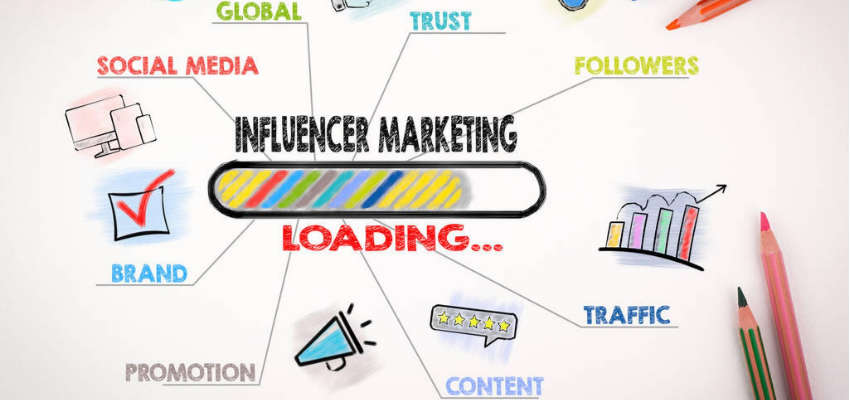Show:
How to Market Your Print on Demand Shopify Store Effectively
Operating a print on demand Shopify shop brings a mix of excitement and challenges. With a sea of rivals all clamoring for notice, the key lies in implementing marketing strategies that set you apart. In this article, we explore methods for boosting the visibility of a print-on-demand store and concentrate on approaches that deliver favorable outcomes.

Understanding Your Target Audience
Before delving into marketing tactics, it’s important to grasp the target audience’s needs. Try to figure out print on demand Shopify integration for the best outcomes. Pinpointing the customers requires delving into demographic preferences and spending habits. Understanding your customer base and meeting their requirements allows for customized marketing campaigns that yield positive results. Leverage resources like social media data analysis and surveys from customers to acquire information.
Optimizing Your Shopify Store
Establishing a custom-made store forms the basis of a fruitful marketing strategy. Make sure the website is easy to navigate and visually attractive while loading quickly. Using top-notch images and comprehensive product descriptions can greatly boost the user’s shopping journey. Strategic SEO use can ensure visibility in the online market space. Integrate keywords into product names and descriptions to enhance search engine visibility.
Leveraging Social Media
Social media platforms offer a powerful avenue for reaching potential customers. Consistent posting, engaging content, and interaction with followers can build a loyal community. Platforms like Instagram, Facebook, and Pinterest are particularly effective for showcasing print on demand products. Utilize features such as stories, reels, and live videos to create dynamic and engaging content. Paid advertising on social media also enables precise targeting, ensuring ads reach the most relevant audience.
Email Marketing Campaigns
As social media dominates the digital marketing scene, email marketing still holds its ground as a powerful sales driver. Gathering email addresses from website registrations or promotional activities enables whole new interaction with clients. Creating engaging newsletters, showcasing exclusive deals and tailored suggestions is key. Moreover, sorting the email roster by customer actions and preferences boosts message effectiveness by making them more tailored to interests.
Collaborations and Influencer Partnerships
Teaming up with influencers and partnering with brands can boost marketing strategies significantly. Influencers who connect well with the intended audience can help expand the store’s reach to a range of people. Partnerships might include paid content, product reviews, or giveaways. Selecting influencers whose followers share the brand’s values guarantees genuine connections and active participation. Furthermore, working together with related brands can lead to opportunities for all parties involved.

Utilizing Content Marketing
Creating content as part of content marketing is essential to effectively attract and keep customers engaged with a store’s offerings. For instance, producing blog posts and videos that offer insights and guidance to the products or industry can establish the store as a trusted source of information. A blog post providing styling advice for clothing or a video showcasing product excellence can captivate and educate prospective shoppers. Distributing this content across platforms boosts exposure and directs more visitors to the store.
Implementing Paid Advertising
Using paid advertisements can greatly enhance your marketing campaigns. You can target audiences through platforms like Google Ads and social media promotions on Facebook and Instagram according to factors like age, location, interests, and online activity. Running A/B tests on various ad designs and messaging can pinpoint the best tactics to maximize your investment return.
Monitoring and Analyzing Performance
Consistent marketing success requires observation and assessment of results using analytic tools. These tools aid in monitoring website visits and customer interactions that impact sales growth potential. The ability to pinpoint the most effective strategies for engaging customers and increasing conversions is crucial for refining future marketing initiatives. Regularly assessing performance metrics empowers strategic decision-making to keep the marketing strategy adaptable and responsive to evolving trends
Building Customer Loyalty
Maintaining clients is frequently more budget-friendly than attracting new ones. Supplying loyalty schemes and tailored suggestions, along with top-notch customer support, nurtures lasting connections. Urging patrons to provide feedback and spread the word about their interactions may also improve the shop’s standing. Contented and involved clients are inclined to make repeat purchases and endorse the brand.
Conclusion
Effectively promoting a print on demand Shopify store requires a variety of strategies tailored to its target audience. Optimizing the store’s layout and design, leveraging social media platforms, running email campaigns, and forming partnerships with other businesses can enhance visibility and increase sales. Investing in paid advertising efforts further boosts exposure. Regularly monitoring customer feedback and being open to adjustments ensures the store meets evolving customer needs, contributing to long-term success. With a strategic approach, a print on demand store can not only survive but thrive, even in a highly competitive market.

 Return to Previous Page
Return to Previous Page








